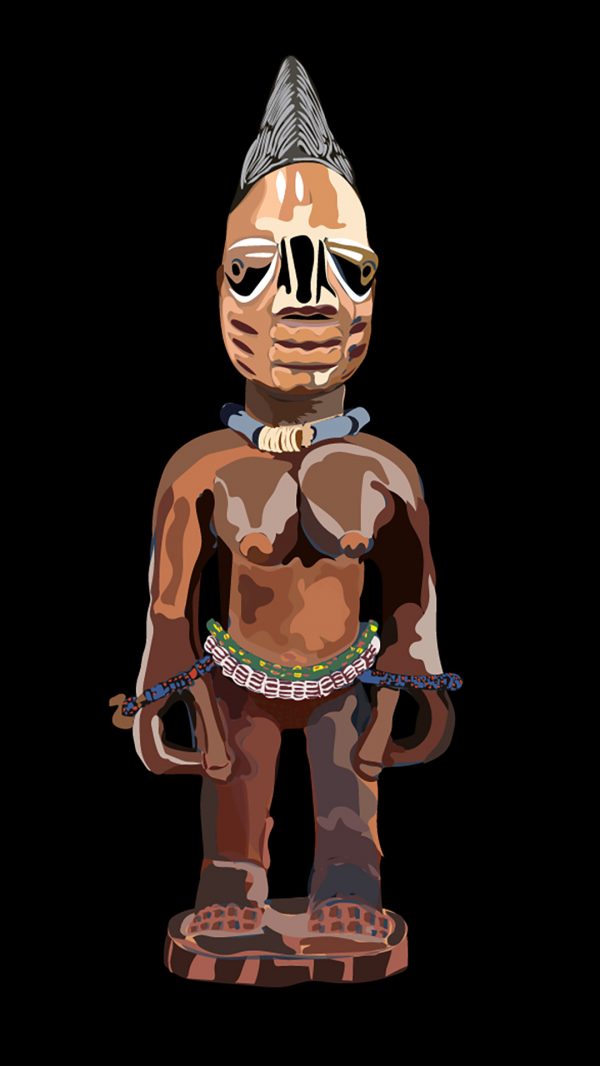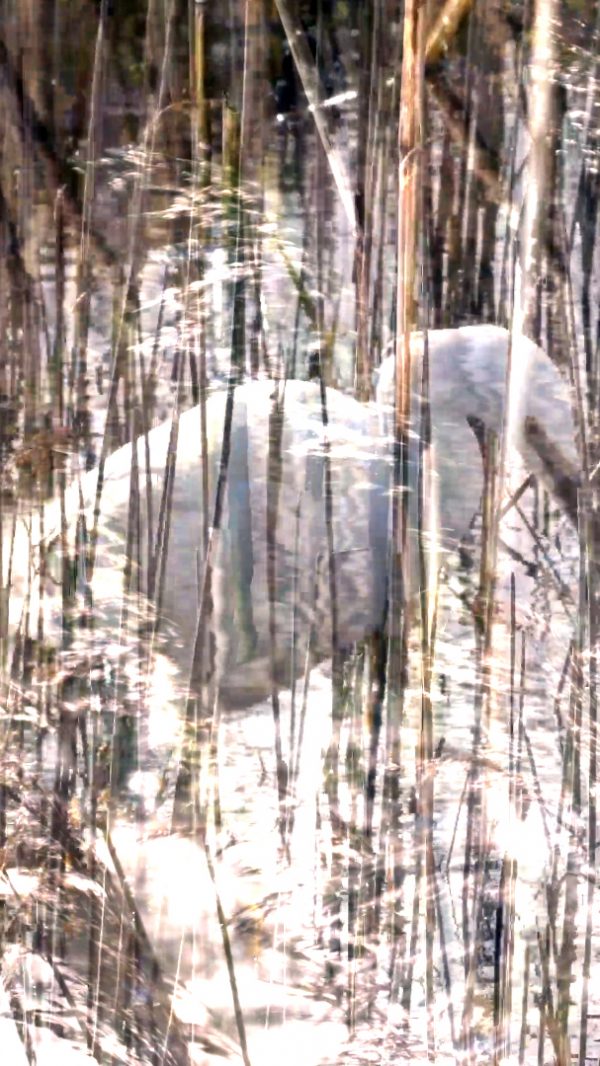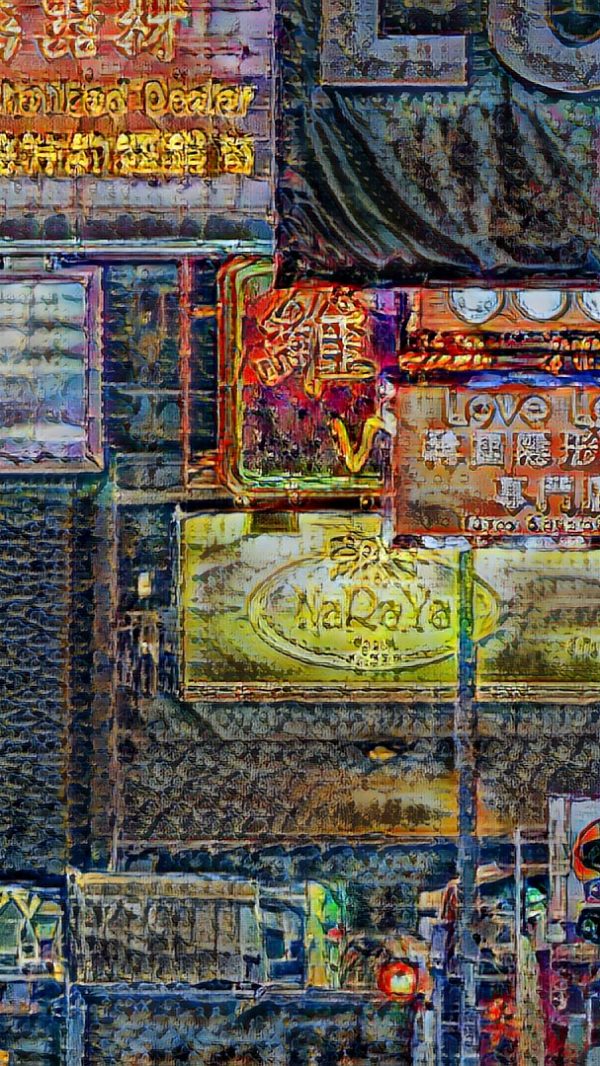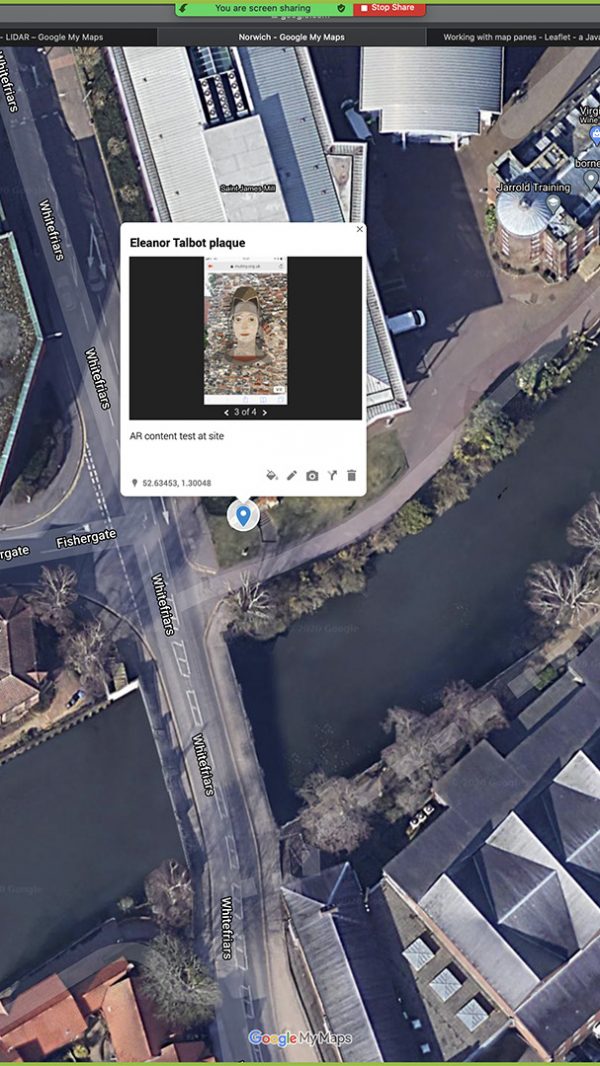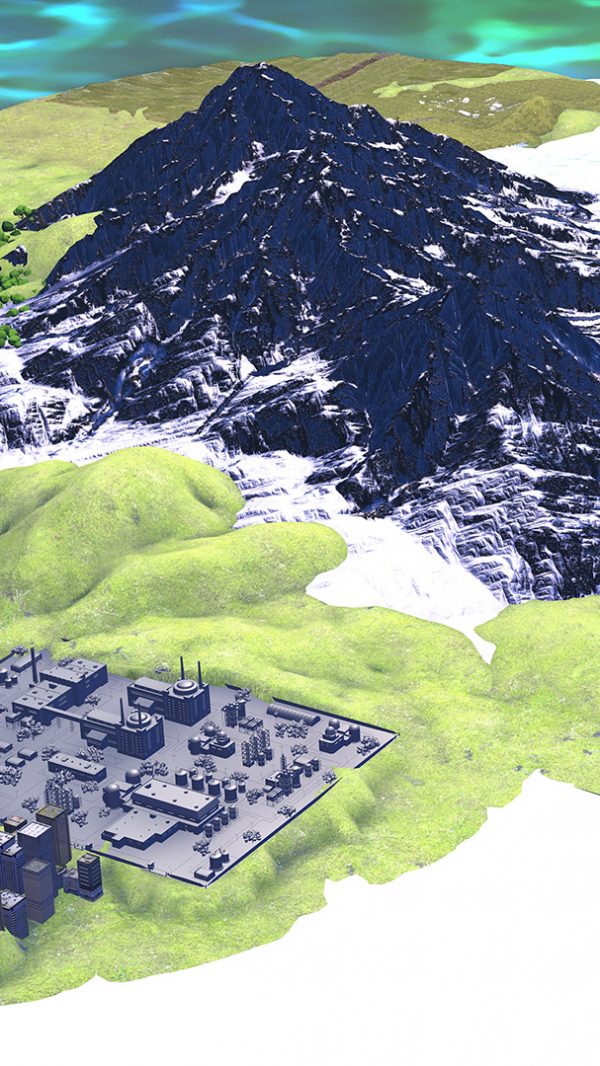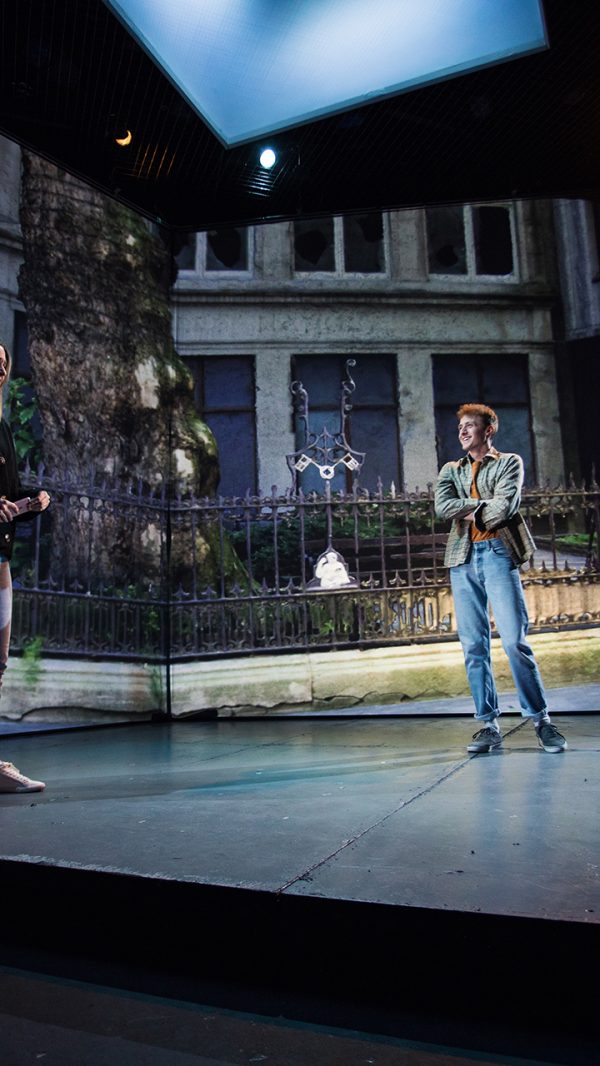Digital Tools for Writers – Where to Start?
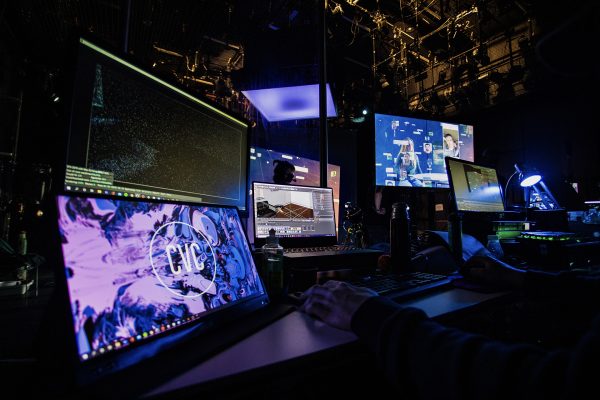
I began Future and Form as something of an old-fashioned writer. As a publisher, I had played around with the power of new platforms as editor of the online magazine for young writers called The Cadaverine, and then as the director of Dead Ink, where we began life as a digital-only imprint for new literary authors. But I was still fairly Guttenberg in my mindset: to paraphrase Future and Form author James McDermott, for technology to be more than “glitter” on the surface of writing, it has to be integral to the story. Literature works pretty well as a kind of immersive technology and for me, lots of new platforms and tools authors were using were interesting, fun, curious but not necessarily useful and others seemed downright gimmicky.
However, having spent the year working on Future and Form, researching the new literary landscape, playing with new technologies and seeing the true potential beyond the glitter, I wanted to share with you some of the interesting things I’ve found. Necessity being the mother of invention, as the world changes, literature has to respond in kind, and a number of new technologies combine interactivity, non-linearity, and multi-media components that can extend the practices of writing and reading and better reflect the world we live in, like James McDermott’s Senseless and its use of augmented reality to show online interactivity and the role technology plays in our lives.
The following list is by no means authoritative or exhaustive, but it should, in part, answer the question that has cropped up numerous times at conferences when presenting the works to audiences: how do I get started with stuff if I don’t have a generous Arts Council grant and a team of technologists working with me?
Well, here’s a start…
AI Dungeon
It’s simple, but it’s also fun. AI Dungeon is an infinitely generated text adventure powered by deep learning. It’s also free.
Elegy for a Dead World
A writing game. Travel to three worlds inspired by the writings of Keats, Byron and Shelley and use the prompts to write your own masterpieces. Then look upon your works, ye mighty and despair!
The game is not free but only costs around eleven pounds.
Geocaching
Geocaching is basically leaving interesting items or “caches” on a GPS map and playing hide and seek. These caches could contain poems or parts of narratives for example. There are many good, free platforms out there and c:geo is just one.
Twine
An open-source tool for telling interactive, non-linear stories. I see no reason why couldn’t combine this with some geo-caching to create some cool environmental narratives like Eleanor. It’s also free.
Google Cardboard
Yes, a cardboard headset. Requires almost no assembly and you can quickly experience virtual reality and 360 video. It’s not just a cardboard box – within it are clever magnets that somehow help orientate your phone within the three-dimensions. The quality obviously isn’t quite as good as an Oculus and the lenses can be a bit blurry, but it’s a great entry point to the world of AR for around a tenner.
You can even begin making simple augmented reality assets using Adobe Captivate (there’s a free trial period) and most smart phones will allow you to snap 360 images which can be experienced in a cardboard.
Quest
Start building interactive text adventure games. Sometimes like the choose your own story books. And it’s free.
Sound Recording
Podcasting and audio books are booming. The oral tale, narrative documentaries and spoken word are increasingly popular. Future and Form’s executive producer, Tim Wright recommends Anchor to enable easy distribution of podcast content. If you can get hold of a smart phone, most have pretty decent sound recording capabilities and you can broadcast on Soundcloud for free.
Your imagination is the only limit here. There’s no end to how you might combine text with sound, or other media, along with narrative and interactive elements.
For mapping out interactive projects
Another recommendation from Tim Wright. Padlet, a useful piece of production software, is really good and free. Will be especially useful if you’re combining some of these platforms and sharing workflows with others.
Go to where future audiences are
Right now, as we speak, millions of our kids are out their co-creating, collaborating and world-building on platforms like Minecraft, Roblox, Animal Crossing and Twitch. If the future is going to be anything, it’s going to be collaborative and multi-platform, try and see what’s going on if you can…
For some great examples of interactive storytelling
Phones have become a useful new platform. The interactive stories from Unrd and Dead Man’s Phone are examples of some of the best around.
The Future and Form Works
It would be remiss of you to not also point toward our six works. Eleanor is an example of an environmental narrative – a kind of podcast combined with prose fiction and a walking tour written by Imogen Hermes Gower. Then we have Mitch Johnson’s 360 virtual reality imaginarium, The Living Book. Tash Aw’s writing simulator, Where Do Stories Come From? Ayobámi Adébáyo’s immersive multi-screen installation, Provenance, James McDermott’s Senseless and Mona Arshi’s multi-media poetry collection Shifting Lines.
Wes Brown is a CHASE Researcher working on Future and Form.
